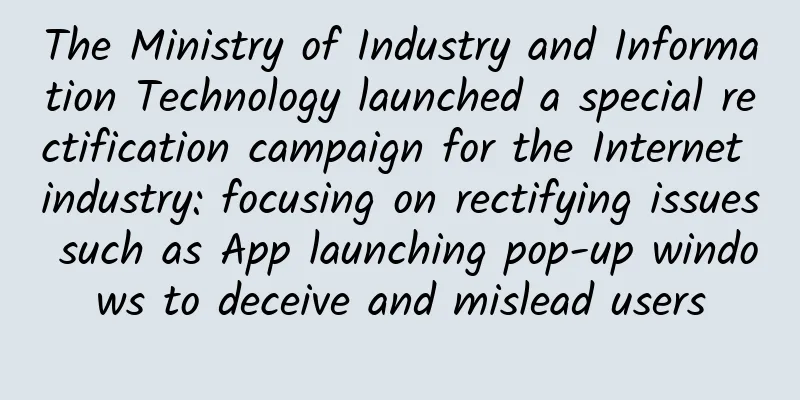The Haidilao obscene video incident was solved, and the WiFi security problem in public places is serious

|
The Haidilao indecent video incident that was hotly discussed a few days ago has finally come to light. The Jianghan District Public Security Bureau issued a notice saying that it was caused by a 28-year-old man who cracked the WI-FI password and projected the screen onto the Haidilao big screen to play obscene videos. The man has now been criminally detained according to law. As for how the WI-FI password was cracked, although it has not been announced, let me guess that generally such restaurants provide WI-FI and actively inform users of the password to facilitate Internet access (or public Wi-Fi, the kind that requires authentication); in addition, various software that shares WI-FI passwords on the market may also allow mobile phones to directly connect to specific WI-FI. The perpetrator was detained Once the smart TV and mobile terminal are on the same WI-FI network, the basic conditions for a prank are met. Therefore, part of the responsibility for this incident should be attributed to the lack of security awareness of the Haidilao operator, who did not properly protect the smart TV, resulting in the risk of malicious screen projection. Nowadays, most smartphones support the function of wireless screen projection, and most smart TVs use customized systems based on Android, which also basically support wireless screen projection protocols, including AirPlay, Miracast, and DLNA. Among them, AirPlay and DLNA require the mobile phone and the screen projection device to be connected to the same WI-FI, while Micracast does not need to be connected to WI-FI, and can be directly projected through Wi-Fi Direct. After the incident, Haidilao officially responded that it sincerely apologized to the customers dining on site and the affected customers. At the same time, it has checked and rectified the company's TV network system to improve information security protection and prevent similar incidents from happening again. Many shopping malls, restaurants, hospitals and other places lack sufficient wireless security awareness, network planning is chaotic, and the division of networks used by customers' mobile phones, ordering terminals and smart TVs is not clear, resulting in frequent similar security incidents. Although there is the possibility of hacker attacks, in the case of mobile phone wireless screen projection, hacking methods are often not needed at all, and managers should take basic preventive measures. |
>>: Ten questions about the issuance of 5G temporary licenses: how far is 5G?
Recommend
PIGYun Mid-Autumn Festival Special Offer: Hong Kong/Korea VPS monthly payment starts from 14 yuan
PIGYun has released a special promotion for Septe...
edgeNAT Double Holiday Promotion: VPS special price starting from 199 yuan per year, 30% off for regular monthly packages and 40% off for annual packages
edgeNAT has just released a promotional event dur...
Have you ever thought about why TCP needs to handshake before sending data?
When I look at computer networks, there is always...
How will the emergence of 5G affect AI federated learning?
As development teams scramble to build AI tools, ...
Lenovo Huang Ying: 6G will be a "super channel" connecting the virtual and real worlds under full intelligent applications
On June 28, the MWC Shanghai World Mobile Communi...
H3C ranks first! Its market share of Chinese enterprise network switches exceeds 30% in the first three quarters of 2022
Recently, IDC released the "China Ethernet S...
Liu Pingyang of Youpaiyun: The whole industry releases the charm of CDN and the live broadcast market accelerates again
[51CTO.com original article] The interview with L...
What is Bluetooth Low Energy?
Bluetooth Low Energy is a new Bluetooth wireless ...
Attention to those whose phone numbers begin with 13, 15, 18, etc.! There may be a big problem with your data plan!
Users whose mobile phone numbers begin with 13, 1...
The difference between continuous delivery and continuous deployment
Continuous delivery does not mean that every chan...
EtherNetservers: Los Angeles VPS hosting starting from $12/year, supports Alipay/PayPal
In the past two years, fewer and fewer merchants ...
HTTP interview, 99% of interviewers like to ask these questions
[[322727]] Differences between HTTP and HTTPS HTT...
ABI Research: 5G slicing will generate $20 billion in revenue
5G slicing is a key enabler of new business model...
Viavi: Global 5G deployments to grow by more than 20% in 2021
Viavi Solutions Inc. released a new study on June...
Sending Messages - RocketMQ Knowledge System (II)
[[410032]] In the previous article, we got to kno...









